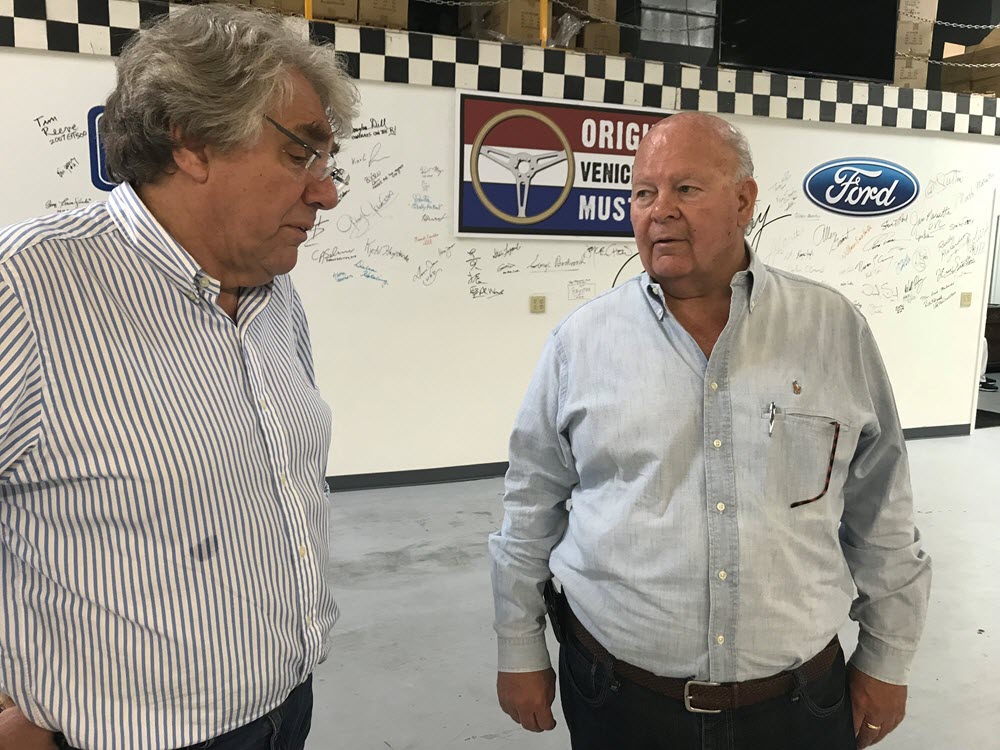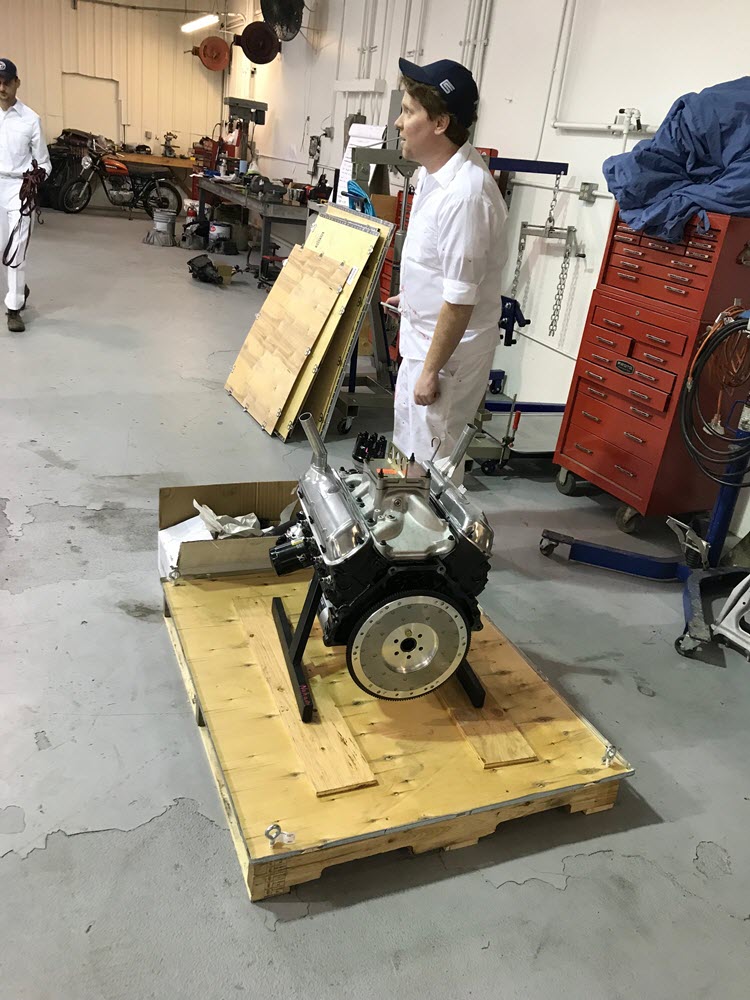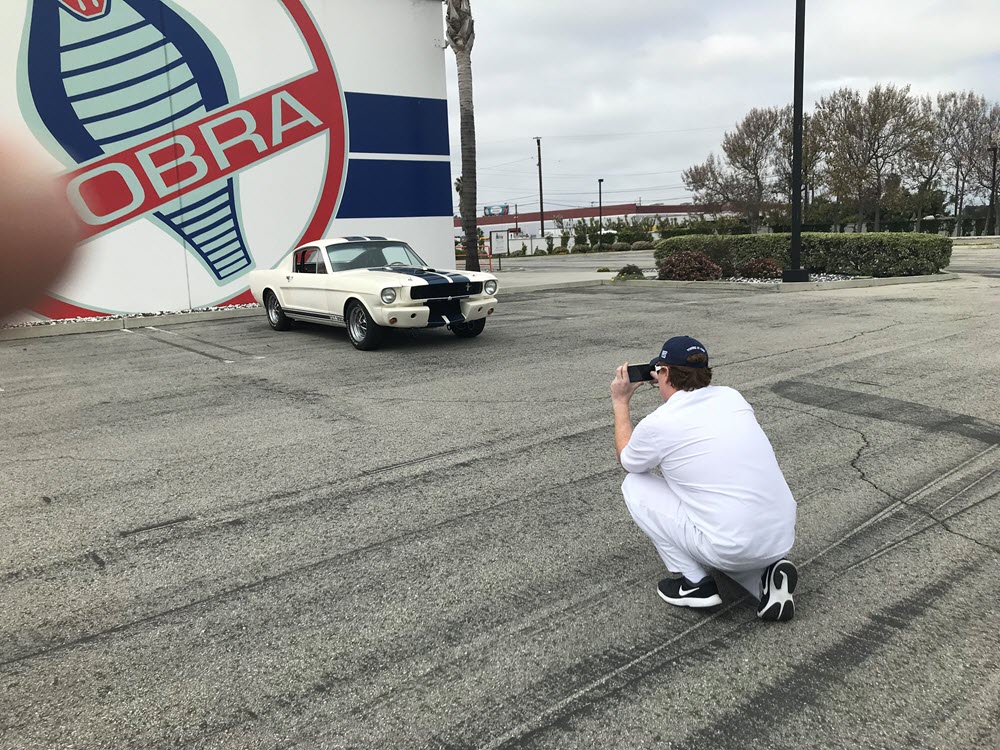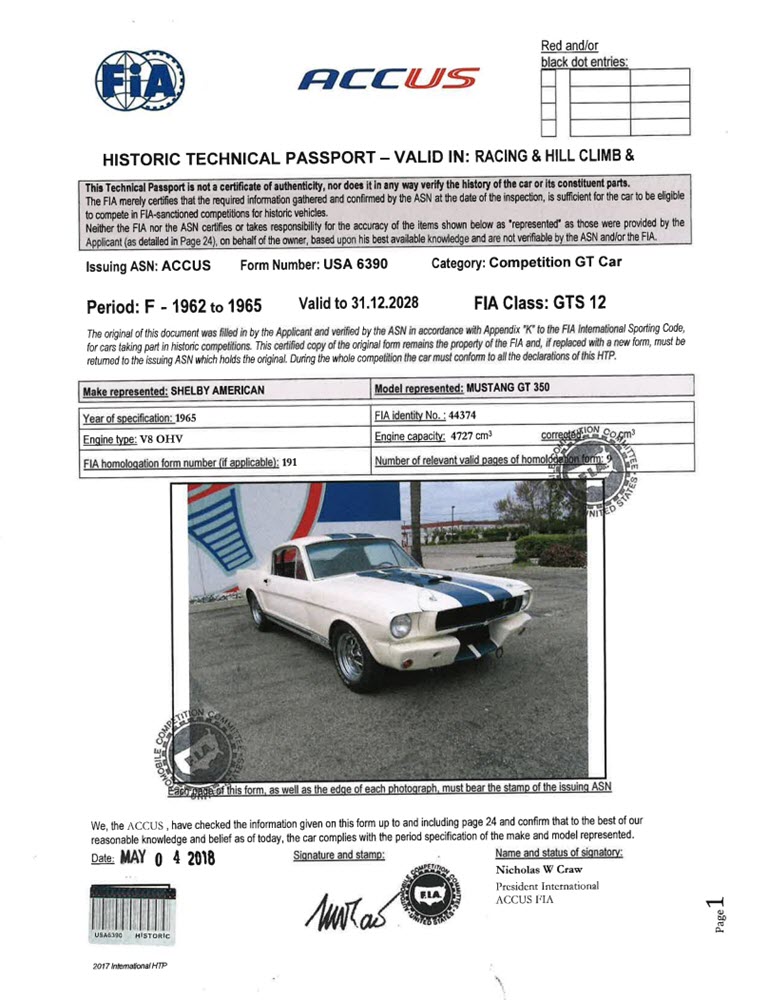The Carroll Shelby Tribute is held every year in mid-May to honor the great man who died May 10, 2012. This year’s tribute was held at the Shelby Gardena, California facility, which is also home to The Original Venice Crew (O.V.C.). The O.V.C. builds “continuation” Shelby GT 350 Competition Models, also known as “R Models.”
There are two other iconic performance car manufacturers making “Continuation Models” from the same time period. One of the manufacturers is Jaguar and the other is Aston-Martin. Each of these car builders is producing only 25 Continuation Models. Jaguar is reproducing the “D” Type, a race winning car of the late 50’s and the 60’s. Aston-Martin is reproducing the “DB-4, ” another iconic race car, driven by the renowned Sterling Moss.
The Jaguar continuation model is selling for a reported $1,400,000. The car is available for race tracks only, it is not able to be registered for street driving.
The Aston-Martin, DB-4 continuation model is selling for a reported $2,100,000. Again, the Aston is for the track only and not able to be registered for street driving.
The OVC Shelby Mustang G.T. 350 continuation model is selling for approximately $250,000. The G.T.350 is able to be registered for street use as well as a competitive track car.
Since the GT 350 raced against the Jaguar D-Type and the Aston Martin DB-4 GT, and both Aston & Jag are also building “continuation” cars, the O.V.C. Crew took the opportunity to issue a $100,000 winner –take- all challenge. The challenge issued is:
Bring your continuation cars to Willow Springs Raceway in California, and if the GT 350R cannot beat both the Jag & the Aston, the O.V.C. will donate $100,000 to the charity of their choosing. If the Shelby wins, we will donate $35,000 to the Carroll Shelby Foundation among other charities.
So far only Jaguar has responded. They have customers in the U.S. who “May be interested in the challenge.” That’s all we’ve heard. Aston is mildly interested but indicated the Company has no pro-type cars to compete, therefore it would be their customers who may take-up the challenge.
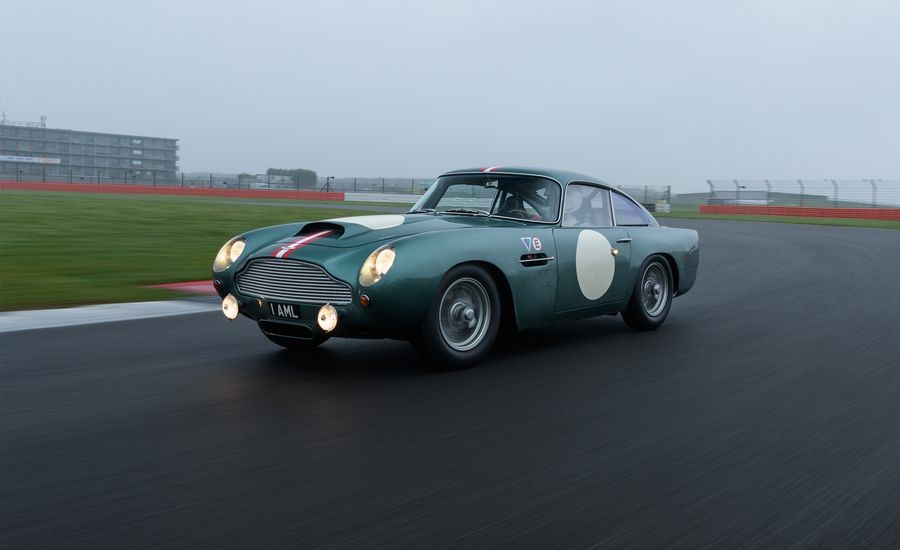
When most people think of Aston Martin they think of the DB-5, the James Bond car, machine guns and all, when Roger Moore was playing the Bond character. Roger actually drove a DB -5 in the Cannonball Run movie (see previous post). He was pretending to be slightly mentally deranged, and claiming to be Roger Moore (get it). The DB-5 claims the title of “The Most Famous Car In The World.”
The DB-4 GT sports a 3.7 liter all aluminum triple carb straight 6 producing 374 horsepower. With a 5 speed transmission it does 0–60 in 8 seconds with a top speed of 145 M.P.H. Aston offered 25 continuation cars at 1.9 million each, and quickly sold out.
Aston made 75 DB4 GTs and 8 of them were light weights destined for racing . The continuation cars will be built to light weight specs by the newly formed Aston Martin works, in the original building at Newport Pagnell, which has been unoccupied for 10 years. The new group in the refurbished building is hoping to do more continuation projects.
You will recall Carroll won Le Mans back in 1952 in an Aston DBR-1 co-driven by Roy Salvadori. That win put Aston Martin into the same league as Ferrari and the other top marques of the day.
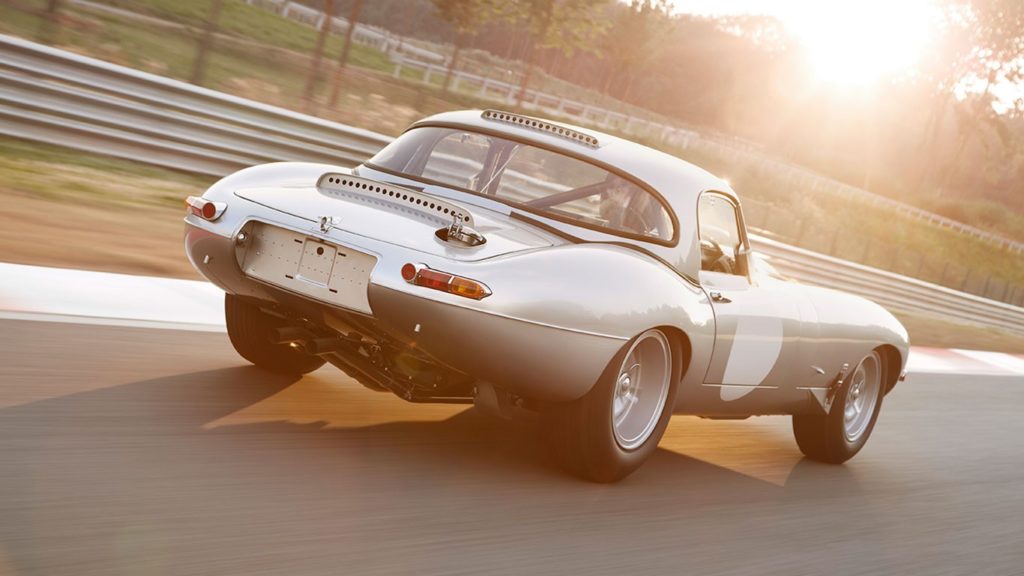
Jaguar would only say their 25 continuation light weight D Types presold immediately for “significantly more’ than 1 million pounds.” At current exchange rates that’s about 1.33 million Yankee dollars. The chaps at Brown’s Lane had intended to build 18 light weights, back in the day, but a fire stopped production at 12. The new cars will carry serial numbers continuing the original sequence.
The C Type (1951), the D Type (1955), and the E Type (1961) Jaguars were all designed by Malcolm Sayer. Malcolm applied mathematical principles of aerodynamics to the body design which he learned from a German professor before the war. During WW II Malcolm worked for the Bristol aircraft company, where he helped design the Bristol Beaufighter, a twin engine fighter bomber with a top speed of 333 M P H, which was very fast for its day.
Interestingly, the aluminum bodies are riveted, instead of welded, as was the practice in WW II fighter planes. The alloy bodies save 205 lbs. New wooden patterns had to be made to cast the engine block and heads as the originals had been thrown out, a considerable expense. Each motor produces about 340 horses, with chain drive dual overhead cams and triple Webers. Transmission is a 4 speed, and all cars must meet F.I.A. specs (see previous posts).
Well things keep getting curiouser and cursiouser as we dive down this mid-60s rabbit hole. Lottsa fun, lottsa bucks (none of them mine), and where it stops nobody knows. See ya next post !

